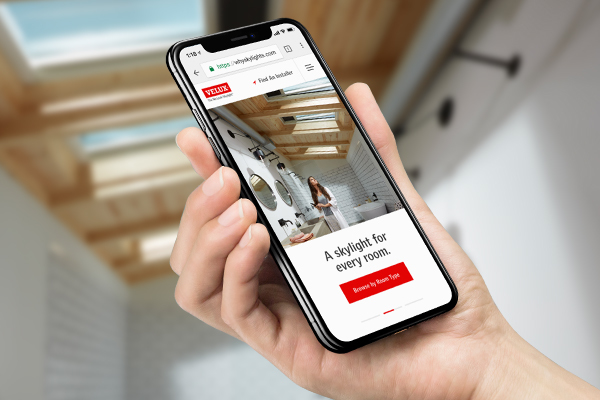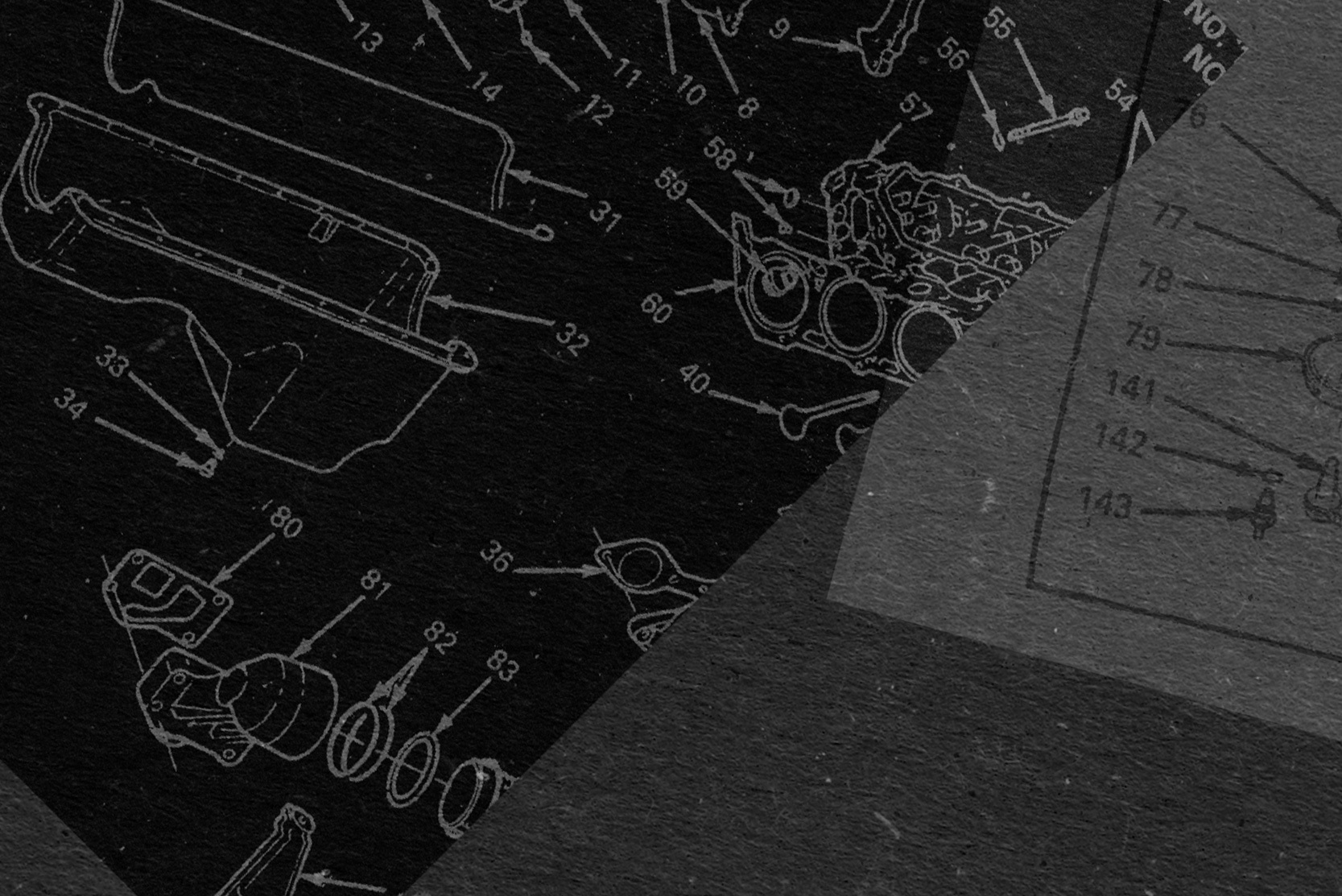Creative
There’s more than one way to share creative work and collaborate with others, but at Wray Ward, we’ve found that prototyping, versus a static presentation, is often an ideal solution for digital projects, especially those that are more complex in nature. Prototypes can include clickable, visual design screens, hand sketches or even raw code, depending on the nature and scope of the deliverable.
Here are three ways prototypes deliver better performing work and create an optimal experience for everyone, from designers and developers to owners and end users.
1. They provide an early deliverable that represents the future end product.
In my career, I’ve worked on projects where the team puts weeks of work into a presentation, turning even a slide deck into an elaborate creative execution. Slides can be an effective way for teams to outline goals, issues and top-line solutions, but they can also leave many questions unanswered. How will this experience function? How are real users engaging with it?
On the other hand, even the simplest, most barebones prototypes give clients and stakeholders something tangible to react to — something that mimics the intended experience.
2. They involve the client or stakeholder from the beginning.
When the client or stakeholder has a seat at the table on day one, they enjoy a greater sense of ownership and collaboration. They get to see concepts translated into a working digital product. They get to see how that product functions and engage with it.
By participating in the process, clients are able to provide feedback more openly, because they’re part of the team. They can influence the project’s direction early in the game, rather than waiting until 100 hours into the job. They’re also able to review and react to the work in bite-size chunks, which is often far easier than digesting an entire website, app or other digital product that has already been built.
3. They maximize efficiencies and minimize cost.
Because prototypes allow designers and developers to make improvements along the way, projects can move quickly while allowing for more innovation and iterations in a cost-effective manner. They offer a first look at everything from color palettes to button treatments. Compared to a strict waterfall process, they also allow for ongoing iteration, which helps prevent the need for major changes later.
Remember that digital products are never really finished, even after launch. They’re living, breathing systems, and they should be revisited on a continual basis. Prototyping sets the stage for that ongoing dialogue and optimization. In fact, it’s opened larger conversations among our entire Creative department about the benefits of sharing work earlier and inviting clients to actively participate in those conversations.
With that said, prototypes don’t work for every project. For example, you may need a traditional presentation that you can share with internal stakeholders. Or, you may prefer a hands-off approach, whereas prototyping requires more direct involvement, collaboration and ongoing feedback from the client or product owner. We’re comfortable with both approaches and always cater our process to fit the need.
Regardless of whether prototypes are right for you and your project, the best work always springs from honest conversations, a concerted team effort and a steadfast focus on the ultimate end goal.


